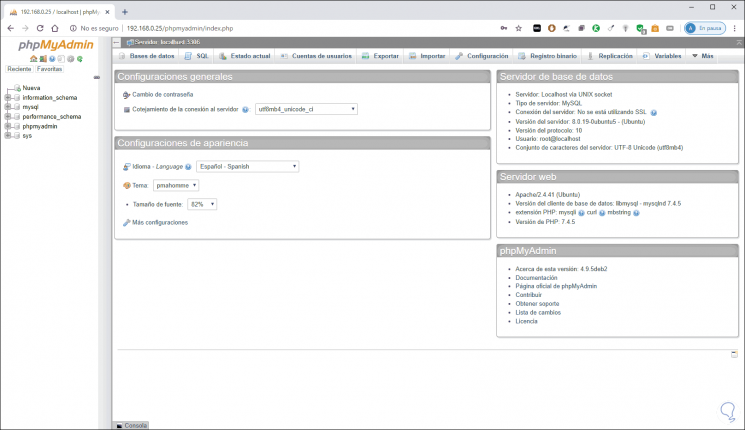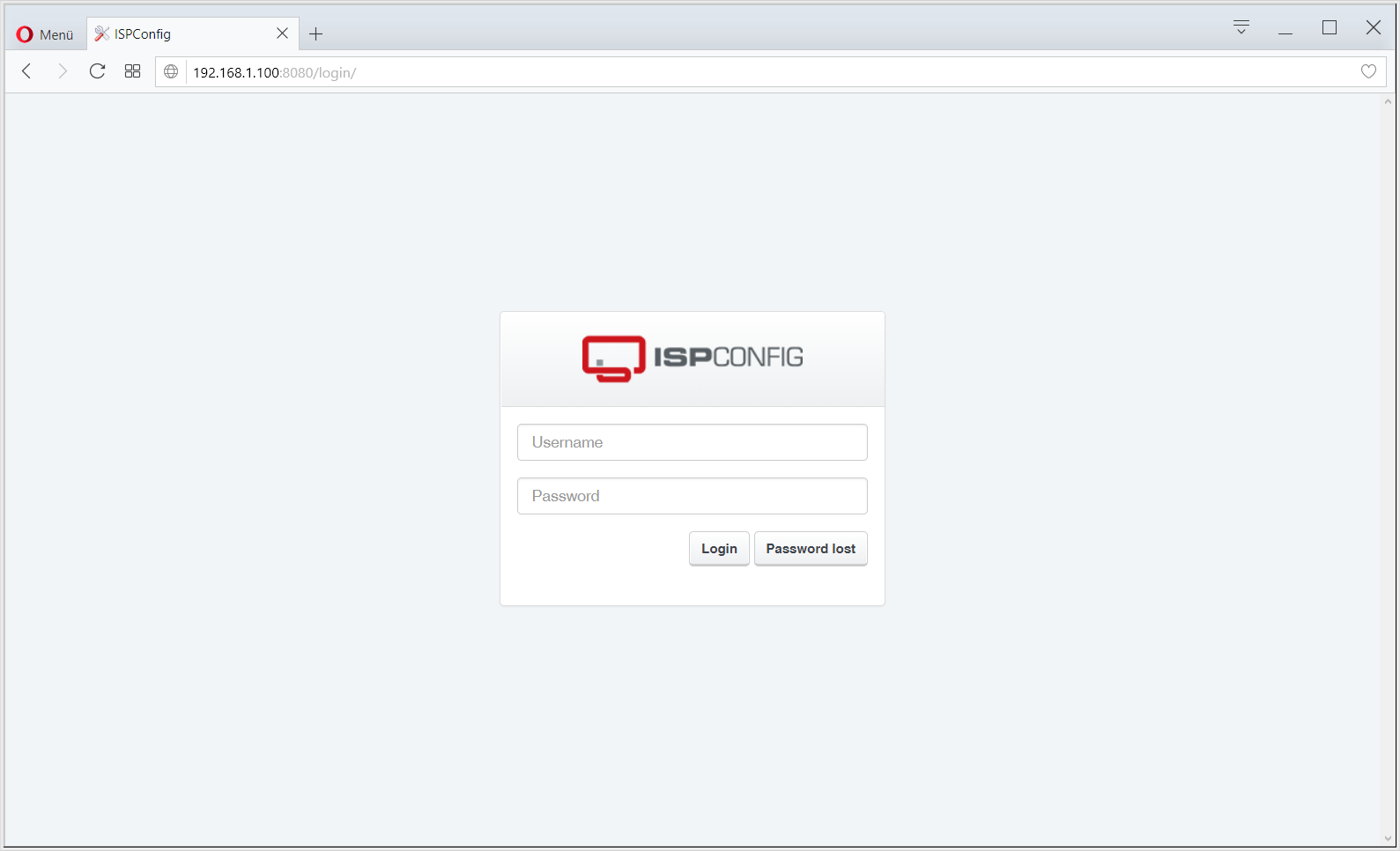

- #PHPMYADMIN INSTALL IN UBUNTU 20.04 HOW TO#
- #PHPMYADMIN INSTALL IN UBUNTU 20.04 UPDATE#
- #PHPMYADMIN INSTALL IN UBUNTU 20.04 SOFTWARE#
- #PHPMYADMIN INSTALL IN UBUNTU 20.04 PASSWORD#
- #PHPMYADMIN INSTALL IN UBUNTU 20.04 ZIP#
Once done – restart the apache server sudo systemctl restart apache2 Install few necessary extensions sudo apt install php7.3-cli php7.3-fpm php7.3-json php7.3-pdo php7.3-mysql php7.3-zip php7.3-gd php7.3-mbstring php7.3-curl php7.3-xml php7.3-bcmath php7.3-json Install PHP 7.3 sudo apt-get install php7.3 That's all about Setting Up PHPMyAdmin on your Ubuntu v 20.04.Once apache installation done – run this commands sudo systemctl stop rvice
#PHPMYADMIN INSTALL IN UBUNTU 20.04 HOW TO#
You can read more details about how to Setup Auto Login into PHPMyAdmin, so that you dont have to put credentials everytime.
#PHPMYADMIN INSTALL IN UBUNTU 20.04 PASSWORD#
Open your browser and navigate to the URL and you should see the following login screen.Įnter the credentials, leave the password blank if you haven't setup mySQL password and now you can login into the PHPmyAdmin on Ubuntu using builtin PHP Server. You can change the port number as you desire. This will start the phpmyadmin on localhost server and on port 4000.

Run the following command php -S localhost:4000 Open the terminal and navigate inside the phpmyadmin directory. Running PHPMyAdmin on builtin PHP Server is easy. Thus, if you have no password for the mySQL you need to perform an additional step in the configuration flie.Ĭopy the file and create a flie named with the same contents, change the following parameter to true instead of false. Login without a password is forbidden by configuration (see AllowNoPassword) By Default phpMyAdmin won't allow you to login and will present you with the following error. If you haven't set any password for PhpmyAdmin. I have placed mine under ~/code directory.
#PHPMYADMIN INSTALL IN UBUNTU 20.04 ZIP#
and download the latest version of the software.Īt the time of writing this tutorial the latest version of PhpMyAdmin available is 5.0.2Įxtract the downloaded zip and place the phpmyadmin folder in the desired directory. mysql> FLUSH PRIVILEGES Įxit out of mysql prompt and try logging in again without sudo privilege. sudo mysql -u root -pĮnter your password once prompted, It will login you into mysql consoleĮxecute the following query mysql> ALTER USER IDENTIFIED WITH mysql_native_password BY 'password' īe sure to alter the password in the above command to match your mysql password or leave blank if you haven’t set any password for your mysql. Next Up, To be able to connect to MySQL to a client (PHPMyAdmin in this case), we need to be able to connect to mysql without sudo privileges. If you are okay with the blank password for your mysql you can skip this step. You can configure the security options by executing the following command, and following along with the questions asked. Once you have mysql installed, If you are looking to set a password for your mysql connectiona and also configure other security aspects. Run the following command to install mysql server and php mysql connector sudo apt-get install mysql-server php7.4-mysql Confirm it by executing the following command mysql -Vįollow along the steps to Install MySQL on your machine. You can skip this step if you already have mySQL installed in your system. We'll need to have the mySQL server setup in the ubuntu machine. Since we'll be using PHPMyAdmin to manage our MySQL databases. Once you have it installed, you can confirm by checking the current version.
#PHPMYADMIN INSTALL IN UBUNTU 20.04 UPDATE#
You can just update the repositories and run the apt install command to install the latest PHP version. Ubuntu 20.04 comes with PHP 7.4 in its upstream repositories. You can confirm by running the following command.

You can skip this step if you already have php installed in your system. In this post I have written down the step by step guide on setting up PHPMyAdmin on your Ubuntu machine along with the installation of PHP and MySQL # 1. I tried spinning up PhpMyAdmin on the same and it worked just fine. Since for my Wordpress or Laravel setups I tend to use the built-in web-server provided by PHP.
#PHPMYADMIN INSTALL IN UBUNTU 20.04 SOFTWARE#
But I wanted to use it independently of the Software or Apache. PHPMyAdmin comes bundled up with the XAMPP software. The interface is simple and have all the required tools that I require for my mySQL operations. PHPMyAdmin is a free tool written in PHP and is used to manage mySQL databases over the web.Įver sine I started with PHP development I have been accustomed to using PHPMyAdmin to manage my databases.


 0 kommentar(er)
0 kommentar(er)
